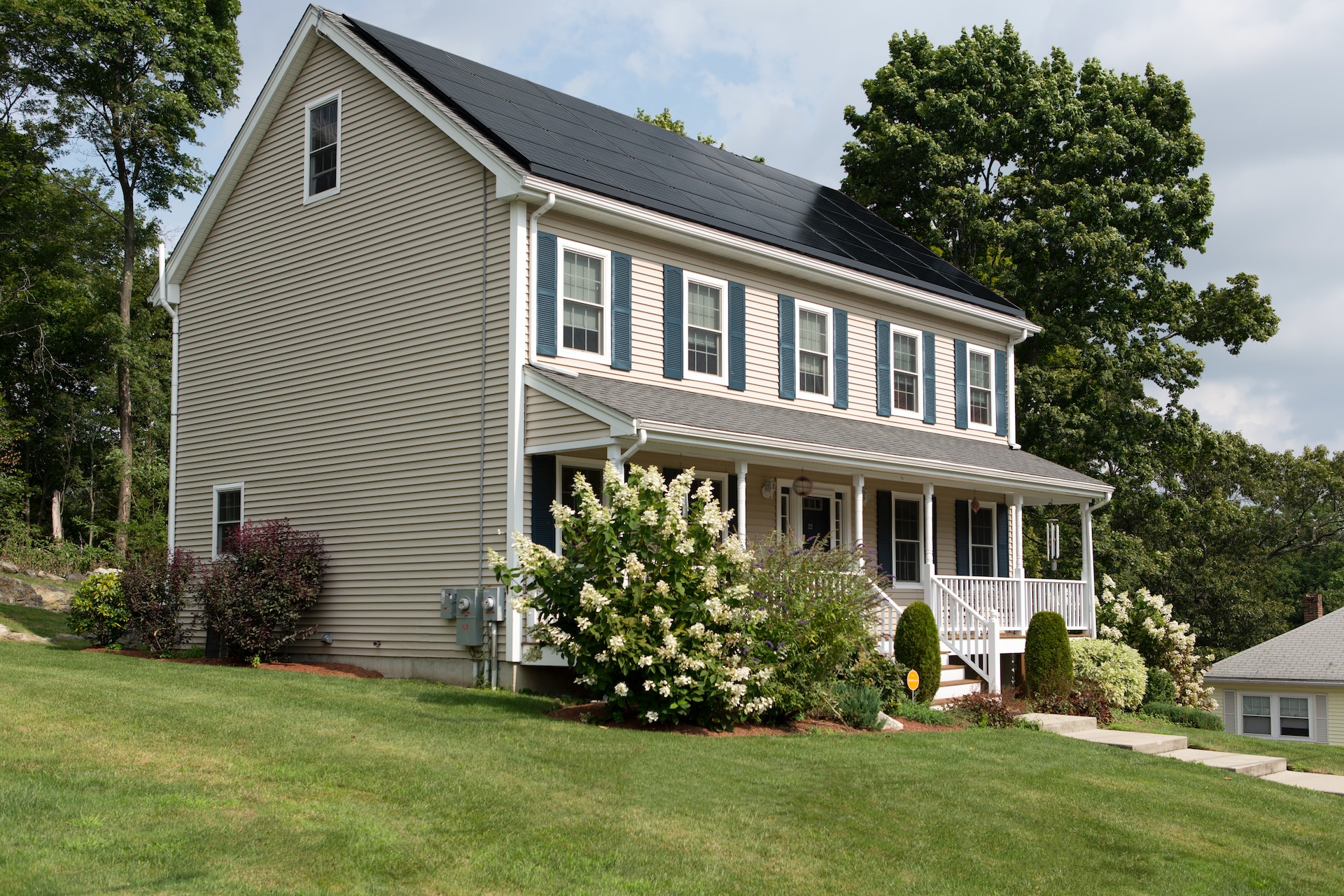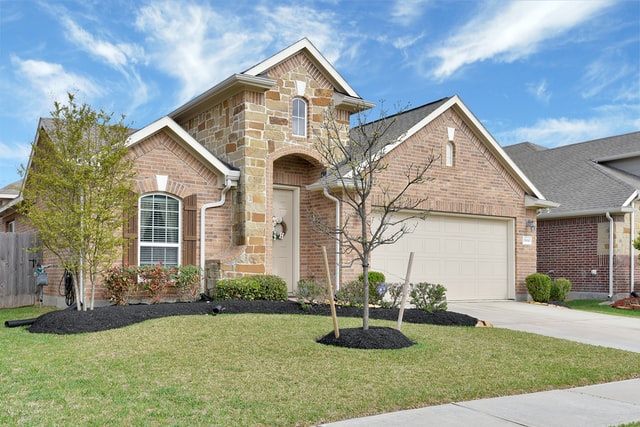Securing a home is not just about finding the perfect property; it’s also about safeguarding it against the unpredictable twists that life may throw our way. Home insurance is this protection, offering a financial safety net when faced with unforeseen disasters or damages. Homeowners may be asking the question: How much does home insurance cost? From the tangible aspects of property value to the intangible factors of location and individual risk profiles, understanding the price of home insurance can be confusing, so read on to learn more about home insurance costs.
Average Home Insurance Costs by State
The cost of home insurance can vary significantly depending on the state in which you reside. The national average of home insurance is approximately $2,300/per year. Factors such as the risk of natural disasters and the overall property values can impact home insurance rates. To give you a better understanding, let’s take a look at the average home insurance costs by state*:
Alabama: $2,745
Alaska: $987
Arizona: $2,000
Arkansas: $3,056
California: $1,453
Colorado: $3,124
Connecticut: $1,677
Delaware: $966
Florida: $5,533
Georgia: $1,945
Hawaii: $1,134
Idaho: $1,265
Illinois: $2,189
Indiana: $1,655
Iowa: $2,012
Kansas: $4,103
Kentucky: $3,113
Louisiana: $4,274
Maine: $1,190
Maryland: $1,528
Massachusetts: $1,622
Michigan: $1,809
Minnesota: $2,417
Mississippi: $2,820
Missouri: $2,065
Montana: $2,521
Nebraska: $5,249
Nevada: $1,138
New Hampshire: $973
New Jersey: $1,112
New Mexico: $2,058
New York: $1,690
North Carolina: $2,495
North Dakota: $2,538
Ohio: $1,188
Oklahoma: $4,700
Oregon: $986
Pennsylvania: $1,149
Rhode Island: $1,961
South Carolina: $2,360
South Dakota: $2,732
Tennessee: $2,410
Texas: $3,726
Utah: $1,182
Vermont: $806
Virginia: $1,497
Washington: $1,337
West Virginia: $952
Wisconsin: $1,154
Wyoming: $1,352
*These are annual rates for a $300,000 dwelling. Remember that these are just averages, and individual rates may vary depending on specific factors such as the location of your property, the age and condition of your home, and the specific coverage options you choose. Refer to the section below for more factors that influence home insurance costs.
Factors that Influence Home Insurance Costs
Several factors can impact the cost of your home insurance rates.
Location of the Property
The location of your home plays a role in determining the cost of your insurance. Areas prone to natural disasters, such as hurricanes, earthquakes, or wildfires, may have higher premiums due to the increased risk of property damage. Similarly, homes in high-crime areas often incur higher insurance costs due to the higher likelihood of theft or vandalism.
Age and Condition of the Home
The age and condition of your home can also affect insurance costs. Older homes may have outdated electrical systems, plumbing, or structural issues that increase the risk of accidents or damage. Insurance providers may charge higher premiums to account for these potential risks. Regular maintenance and upgrades to your home’s infrastructure can mitigate these costs.
Price of Home
Home prices play a significant role in determining home insurance rates. Insurance companies often adjust their rates when home values rise to reflect the increased cost of replacing or repairing a home in case of a covered loss. Higher home prices generally mean higher replacement costs, as rebuilding or repairing a more expensive property would require more financial resources. Insurers consider the construction and material costs, labor expenses, and other factors that contribute to the overall replacement value of a home. As a result, homeowners may experience an increase in their insurance premiums to ensure that the coverage aligns with the potential costs associated with rebuilding or repairing their higher-valued homes.
Level of Coverage and Deductible Amount
The level of coverage you choose for your home insurance policy and the deductible amount can impact your premium costs. Opting for higher coverage limits and lower deductibles may provide more comprehensive protection but could result in higher premiums. On the other hand, choosing lower coverage limits and higher deductibles can help lower your premium costs but may mean higher out-of-pocket expenses in the event of a claim.
Other factors influencing home insurance costs include credit score, safety features like security systems and smoke detectors, your claims history, the local crime rate, and the proximity to a fire station.
The price of home insurance varies widely depending on factors such as the state you live in, the age and condition of your home, and the specific coverage options you choose. You can find affordable home insurance that meets your needs by being aware of these variables and taking proactive steps like shopping around for quotes, bundling policies, increasing deductibles, and enhancing home security.




